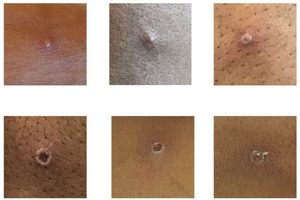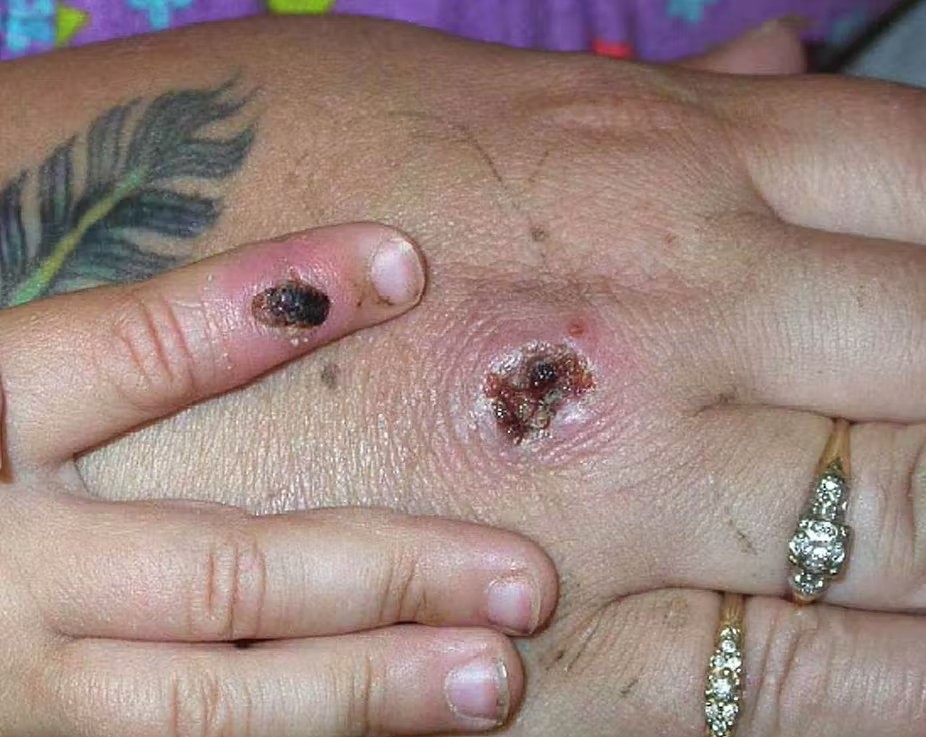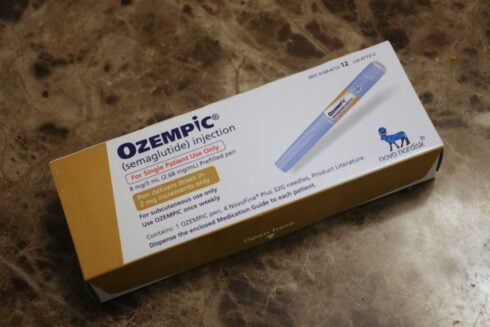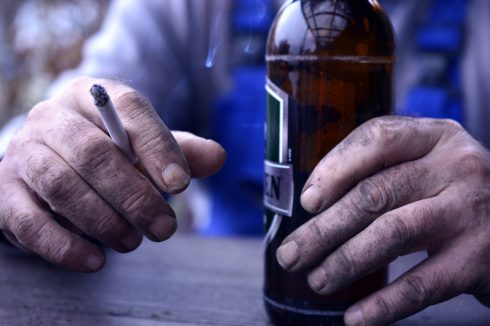THE World Health Organisation has today declared an international health emergency over mpox.
Cases of the virus, previously known as monkeypox, are growing at an alarming rate in Africa, the WHO said today.
It comes after Spain was revealed to have the highest number of cases in Europe last week, with 16 new cases declared in the last month alone.
But what is mpox and what are its symptoms?
Mpox is described as a rare viral infection most common in remote parts of central and west Africa.
The disease, first found in monkeys, does not tend to spread easily between people but can be transmitted through close physical contact, including sexual intercourse.
Although recent outbreaks in Europe have affected men mostly involved in sexual relations with other men, it is not defined as a ‘sexually transmitted virus’ and is in no way limited to gay men.
“It’s more that here the close contact during sexual or intimate activity, including prolonged skin-to-skin contact, may be the key factor during transmission,” Dr Michael Head, a senior research fellow in global health at the University of Southampton, previously said.
Initial symptoms include fever, headaches, swellings, back pain and aching muscles.
Once the fever breaks a rash can develop, often beginning on the face, then spreading to other parts of the body, most commonly the palms of the hands and soles of the feet.

The rash, which can be extremely itchy or painful, changes and goes through different stages before finally forming a scab, which later falls off. The lesions can cause scarring.
The infection usually clears up on its own and lasts between 14 and 21 days.
The WHO explains: “In most cases, the symptoms of mpox go away on their own within a few weeks with supportive care, such as medication for pain or fever.
“However, in some people, the illness can be severe or lead to complications and even death. New-born babies, children, people who are pregnant and people with underlying immune deficiencies may be at higher risk of more serious mpox disease and death.
“Severe disease due to mpox may include larger, more widespread lesions (especially in the mouth, eyes, and genitals), secondary bacterial infections of the skin or blood and lung infections.
“Complications can include severe bacterial infection from skin lesions, mpox affecting the brain (encephalitis), heart (myocarditis) or lungs (pneumonia), and eye problems. People with severe mpox may require hospitalisation, supportive care and antiviral medicines to reduce the severity of lesions and shorten time to recovery.”
Its advice adds: “According to available data, between 0.1% and 10% of people with mpox have died. It is important to note that death rates in different settings may differ due to several factors, such as access to health care and underlying immunosuppression.”
What’s the current situation in Spain?
Spain has recorded the highest number of mpox cases in Europe since the start of the current outbreak in April 2022, figures revealed last week.
A total of 8,101 cases have been reported – almost double that of the second-placed country, France.
This year has seen 260 confirmed cases with nearly half in the Madrid area and 90% of those affected were unvaccinated.
Some 16 infections were reported between July 5 and August 5 by the Carlos III Institute.
Practically all of the cases (98%) are in males, aged between 6 and 68 years, although six out of ten were between 30 and 49 years old, bringing the average age to 37.
Three out of four presented general symptoms, such as fever (the most frequent), asthenia, sore throats, muscle pain or headache.
Rashes that developed were located in the anogenital area in 76.1% of cases.
In 213 of the 260 infections this year, 16.4% of people reported having had close contact with a probable or confirmed case.
The most likely form of transmission was sexual intercourse in 80% of mpox infections with the overwhelming number of cases involving gay or bi-sexual men.
Click here to read more Spain News from The Olive Press.








